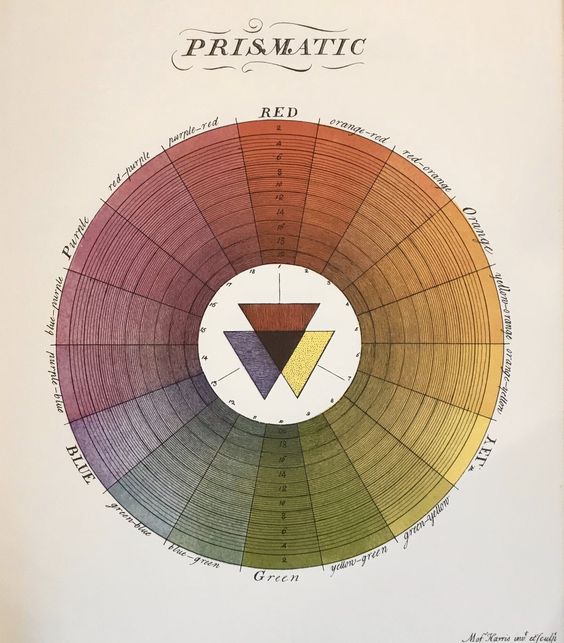|
Toxonevra Muliebris
''Toxonevra muliebris'' is a species of flutter fly in the family Pallopteridae. It has been found in Europe and North America. The pattern on the wings of this species is distinctive. Taxonomy This species was first described by Moses Harris under the name ''Musca muliebris''. Subsequently, this species has been included within the genus ''Palloptera''. It has also been known under the name ''Toxoneura muliebris.'' However this name is regarded as being a misspelling of the genus ''Toxonevra''. It is currently known as ''Toxonevra muliebris''. Description Morris described this species as follows: The pattern on the wings of adults is distinctive and is a diagnostic feature when identifying this species. Distribution This species is native to Europe, and has been observed in countries such as Spain, Italy, Austria, France, Belgium, Great Britain and Ireland. Recently it has been observed and collected in North America. Ecology The larvae of this species has been fou ... [...More Info...] [...Related Items...] OR: [Wikipedia] [Google] [Baidu] |
Moses Harris
Moses Harris (15 April 1730 – 1787) was an English entomologist and engraver. Life and work Harris was encouraged in entomology from a young age by his uncle, a member of the Society of the Aurelians. In 1762 he became secretary of a second Society of Aurelians. He was a skilled artist, displaying some of his insect drawings at the Royal Academy in 1785. He drew and engraved illustrations for books including Dru Drury's ''Illustrations of Natural History'' (3 volumes, 1770–1782) and John Coakley Lettsom's ''The Naturalist's and Traveller's Companion'' (1772). Colour theory In "The Natural System of Colours" published in 1766, Harris discussed the multitude of colours that can be created using three "grand or principle" colours: red, yellow and blue. As a naturalist and an engraver, Harris focussed on the relationships between colours and how they are coded and created. He explained how three colours can be íntermixed, tinted and shaded to create 660 colours "materially ... [...More Info...] [...Related Items...] OR: [Wikipedia] [Google] [Baidu] |
Pallopteridae
Pallopteridae is a family of flies. The various species are collectively called flutter-wing flies, trembling-wing, or waving-wing flies, because of the striking vibration of the wings in many species. Over 70 species in about 15 genera are found in the temperate regions of the Northern and Southern Hemispheres. Biology Adults have been found on flowers and low-hanging branches in shady habits. Known larvae are phytophagous or carnivorous (some species preying on beetles of the families Cerambycidae and Scolytidae. One species is recorded as preying on larvae of the family Cecidomyiidae. Some have been found in flower buds and stems. Description For terms see Morphology of Diptera Dipteran morphology differs in some significant ways from the broader morphology of insects. The Diptera is a very large and diverse order of mostly small to medium-sized insects. They have prominent compound eyes on a mobile head, and (at most) ... They are medium-sized or relatively small flies, ... [...More Info...] [...Related Items...] OR: [Wikipedia] [Google] [Baidu] |
Exposition Des Insectes Plate XXI
{{disambig ...
Exposition (also the French for exhibition) may refer to: *Universal exposition or World's Fair *Expository writing **Exposition (narrative) *Exposition (music) *Trade fair * ''Exposition'' (album), the debut album by the band Wax on Radio *Expository preaching See also *Expo (other) *Expose (other) *Expos The Montreal Expos (french: link=no, Les Expos de Montréal) were a Canadian professional baseball team based in Montreal, Quebec. The Expos were the first Major League Baseball (MLB) franchise located outside the United States. They played in t ... [...More Info...] [...Related Items...] OR: [Wikipedia] [Google] [Baidu] |
Dermestidae
Dermestidae are a family of Coleoptera that are commonly referred to as skin beetles. Other common names include larder beetle, hide or leather beetles, carpet beetles, and khapra beetles. There are over 1,100 species described. Dermestids have a variety of habits; most genera are scavengers that feed on dry animal or plant material, such as skin or pollen, animal hair, feathers, dead insects and natural fibers. Members of ''Dermestes'' are found in animal carcasses, while others may be found in mammal, bird, bee, or wasp nests. ''Thaumaglossa'' only lives in the egg cases of mantids, while ''Trogoderma'' species are pests of grain. These beetles are significant in forensic entomology. Some species are associated with decaying carcasses, which helps with criminal investigations. Some species are pests ( urban entomology) and can cause extensive damage to natural fibers in homes and businesses. They are used in taxidermy and by natural history museums to clean animal skeletons ... [...More Info...] [...Related Items...] OR: [Wikipedia] [Google] [Baidu] |
Insects Described In 1780
Insects (from Latin ') are pancrustacean hexapod invertebrates of the class Insecta. They are the largest group within the arthropod phylum. Insects have a chitinous exoskeleton, a three-part body (head, thorax and abdomen), three pairs of jointed legs, compound eyes and one pair of antennae. Their blood is not totally contained in vessels; some circulates in an open cavity known as the haemocoel. Insects are the most diverse group of animals; they include more than a million described species and represent more than half of all known living organisms. The total number of extant species is estimated at between six and ten million; In: potentially over 90% of the animal life forms on Earth are insects. Insects may be found in nearly all environments, although only a small number of species reside in the oceans, which are dominated by another arthropod group, crustaceans, which recent research has indicated insects are nested within. Nearly all insects hatch from eggs. Insect ... [...More Info...] [...Related Items...] OR: [Wikipedia] [Google] [Baidu] |



